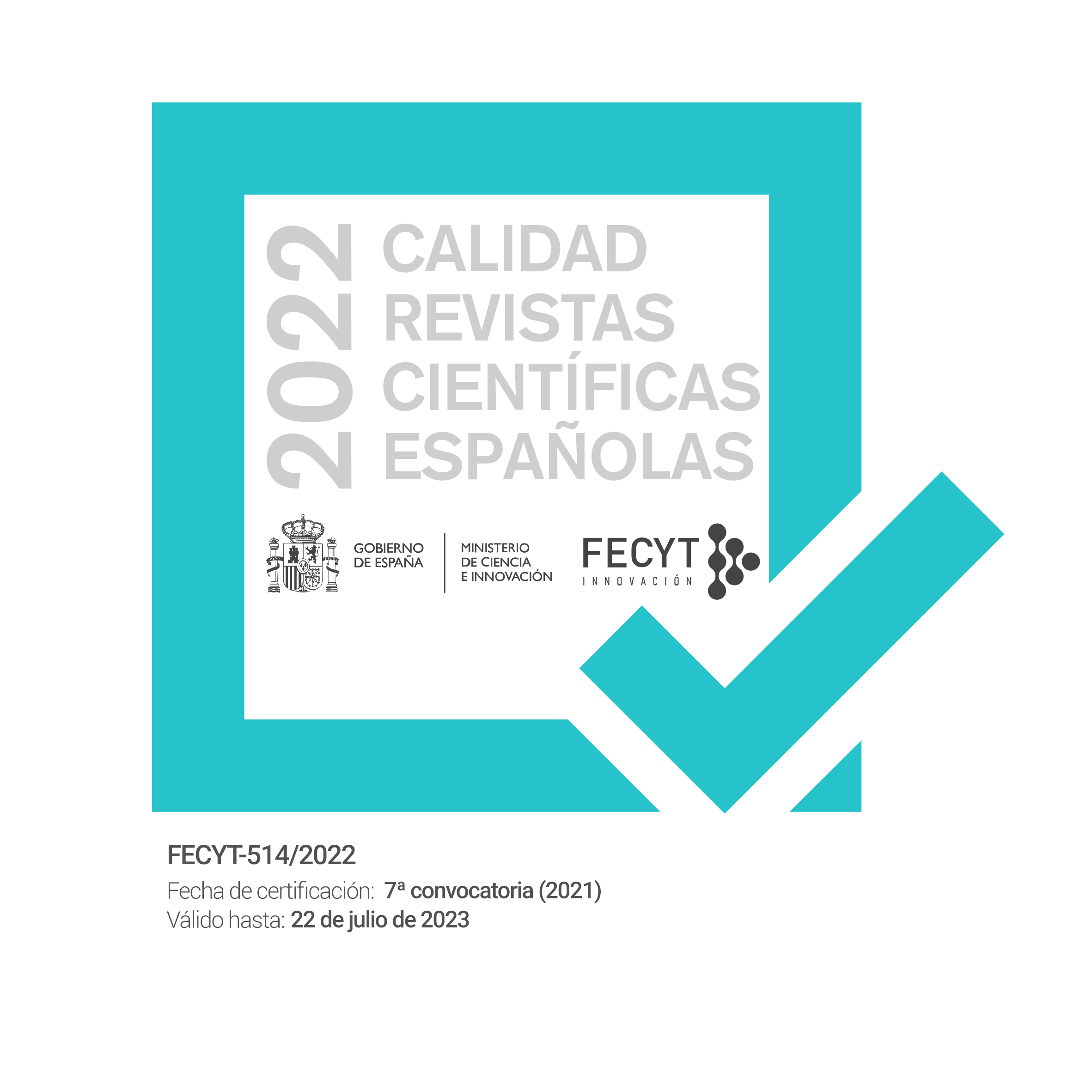NEVER-AGING STORIES: AGE, MASCULINITY AND THE WESTERN MYTH IN SYDNEY POLLACK’S THE ELECTRIC HORSEMAN
Resumen
According to Gabriela Spector-Mersel there are no cultural models for old men, in comparison to the easily available scripts in early and middle adulthood. As such, this is a considerably unsettling phase of negotiation for men as they need to (re)define their identity and their sense of masculinity particularly when aging. The masculinity embodied by the cowboy prototype certainly fits this model that sees masculinities as a “temporal script”. In the 1979 movie The Electric Horseman, directed by Sydney Pollack, the factor of age runs as a subtext that not only informs masculine identity but also takes on a broader significance to express an important cultural transformation. Instead of simply focusing on the effects of the passing of time for an individual man, the film explores the changes in US society through one of its most celebrated cultural icons, the cowboy. To analyze Sony Steele’s distinctiveness within hegemonic ageless narratives in The Electric Horseman, this article will set him alongside two archetypal figures of the genre of the Western: the cowboy and the horse, which serves as a key vehicle of the character’s own exalted masculinity. This critical approach shows how the prevailing model of youthful or ageless masculinity in cowboy stories can thus be challenged.
Descargas
Métricas
Citas
CANBY, Vincent. “Screen: Redford-Jane Fonda Comedy: Cowboy and the Lady.” The New York Times, 1979.
CHIVERS, S. “Yes, We Still Can: Paul Newman, Clint Eastwood, Aging Masculinity, and the American Dream.” In The Silvering Screen: Old Age and Disability in Cinema. Toronto: University of Toronto Press, 2011. 99-120.
FOWERAKER, B., and CUTCHER, L. “Work, age and other drugs: exploring the intersection of age and masculinity in a pharmaceutical organization.” Gender, Work & Organization, 22.5(2015): 459-473.
HOCKENHULL, S. “Horse Power: Equine Alliances in the Western.” In Love in Western Film and Television Lonely Hearts and Happy Trails, MATHESON, S. (ed.), 2013. 161-179.
LEONELLi, E. Robert Redford and the American West. Xlibris Corporation, 2007.
MATTFELD, M. Becoming Centaur: Eighteenth-Century Masculinity and English Horsemanship. Pennsylvania: The Pennsylvania State University Press, 2017.
PANDO, L. Trigger: The Lives and Legend of Roy Rogers’ Palomino. North Carolina: Mcfarland and Company, 2019.
SAXTON, B. and Cole, T. “No Country for Old Men: A search for masculinity in later life.” International Journal of Ageing and Later Life (2012): 97- 116.
SPECTOR-MERSEL, G. “Never-aging stories: Western hegemonic masculinity scripts.” Journal of Gender Studies 15.1(2006): 67-82.
SANES, K. “The Electric Horseman: Escape from the Desert of Images”. In Transparency (website). 2000. Accessed on March 31, 2020: https://transparencynow.com/horseman.htm
Descargas
Publicado
Cómo citar
Número
Sección
Aceptado 2020-07-07
Publicado 2020-12-25
- Resumen 12526
- pelayo pdf (English) 218





